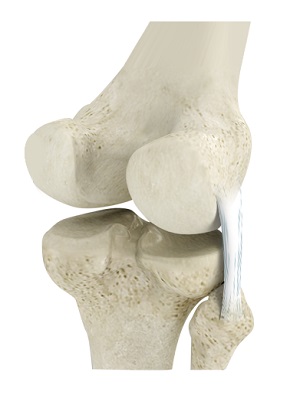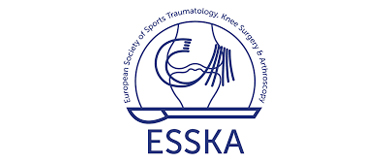
What is Posterolateral Corner (PLC) Reconstruction?
The “posterolateral corner” is a complex arrangement of multiple ligaments, tendons, muscles and a joint capsule in your knee. It is located on the outside back corner of the knee.
PLC reconstruction is the surgical treatment of PLC injuries.
Most PLC injuries occur due to trauma such as sporting injuries or from a motor vehicle accident. Other possible causes can be:
- Hyperextended knee
- Knee dislocation
However, PLC injuries are often associated with damage to other ligaments in the knee such as the cruciate ligaments.
Significance of the PLC
The PLC stabilises the knee against certain directional forces and protects against:
- External rotation (motion away from the centre of the body leading to locking of the knee)
- Varus rotation (inward angulation of the knee resulting in bowlegs)
- Posterior translation, which can lead to a posterior cruciate ligament tear in the knee
Who may benefit from PLC Reconstruction?
PLC reconstruction is recommended if you experience the following:
- Pain and swelling along the outside back of your knee
- Discomfort along the joint line of the knee
- Excessive rotation of the knee
- Knee instability during full extension
- Difficulty with using stairs, pivoting
- Altered walking pattern with the foot turned outwards
- ‘Thrust’ of the knee while walking
- A sensation of the knee giving out
What happens in the surgery?
PLC reconstruction typically involves the recreation of the injured PLC structures by using other body tissues as grafts.
Two types of grafts are used to recreate the PLC:
- Autograft (tissue taken from another part of the patient)
- Allografts (tissues obtained from a deceased or live donor)
During the procedure:
- An incision is made on the outer back aspect of the knee.
- The graft is placed through the head of the fibula (the smaller bone of the leg).
- Using a screw device or a tendon anchor, the graft is secured in the outer aspect of the femur.
- The incision is then closed with sutures to complete the reconstruction.
Risks Associated with PLC Reconstruction
Possible complications of a PLC reconstruction include:
- Stiffness of the knee or arthrofibrosis (limited knee motion)
- Constant swelling of the knee
- Persistent pain over the front aspect of the knee
- Blood clots in the veins (deep venous thrombosis)
- Infection of the knee (though rare, it is a serious risk)
- Numbness on the front of the leg or the inner aspect of the leg
- Peroneal nerve (fibular nerve) injury or palsy
- Failure of the graft causing the knee to start giving way again
After Surgery Care
As you recover from the PLC reconstruction, you are advised to:
- Ensure protected or partial weight-bearing for 4 weeks
- Use a brace
- Avoid active hamstring exercises as they are likely to stress the PLC
- Start passive ROM about 4 weeks after the procedure to avoid arthrofibrosis
Benefits of PLC Reconstruction
PLC reconstruction ensures a more stable and better functioning knee.












